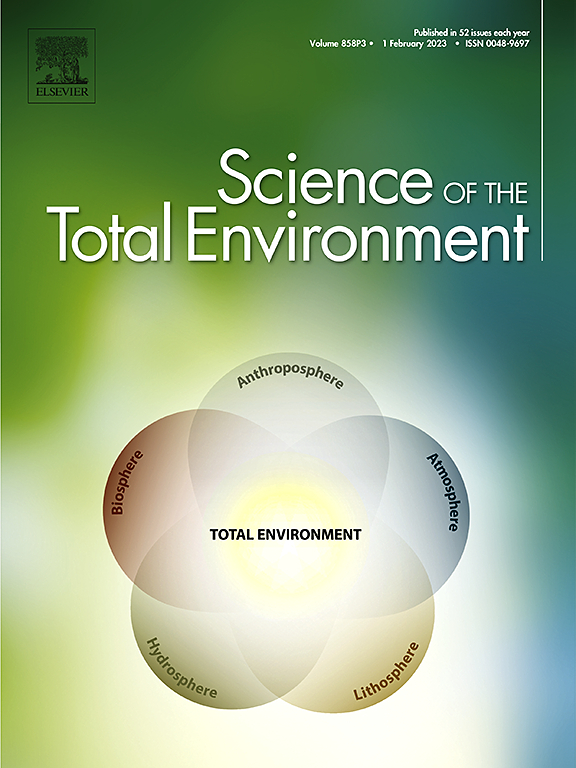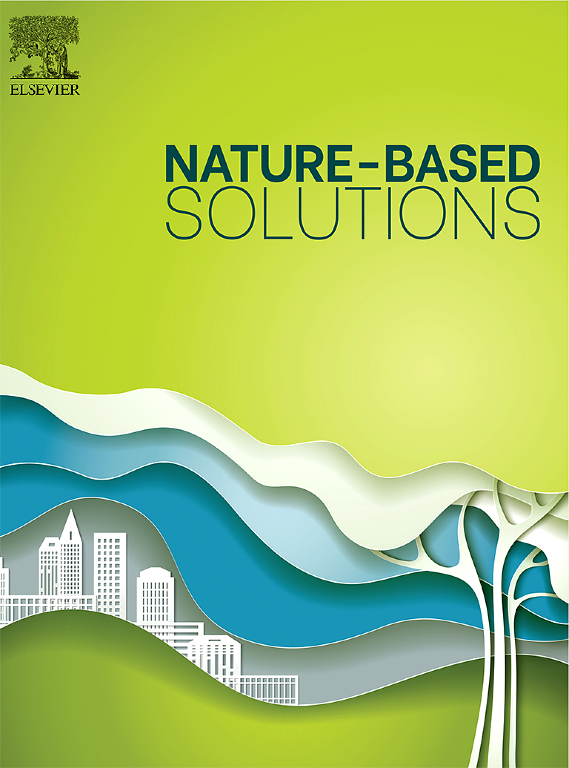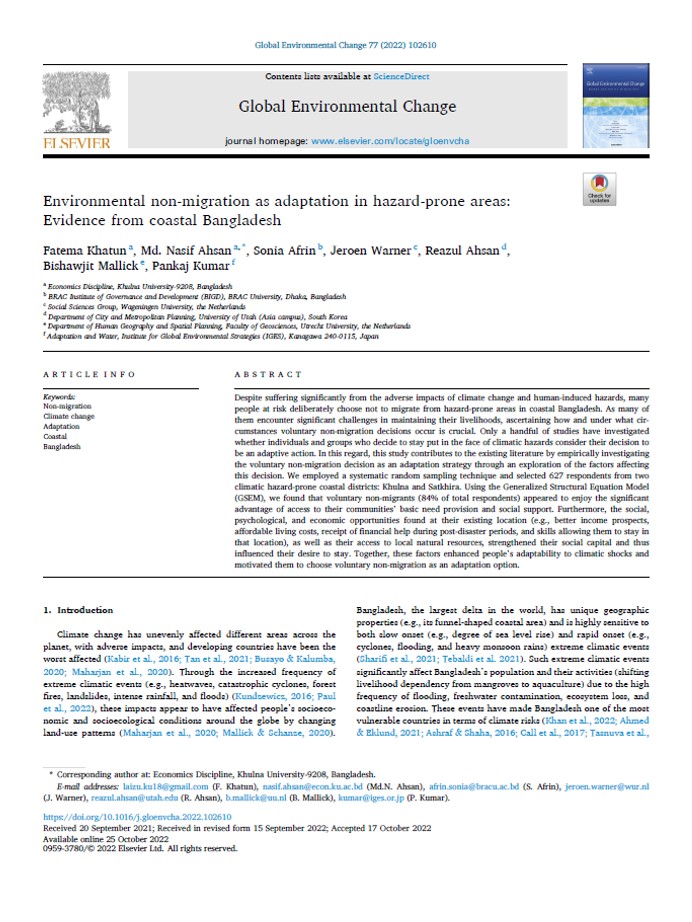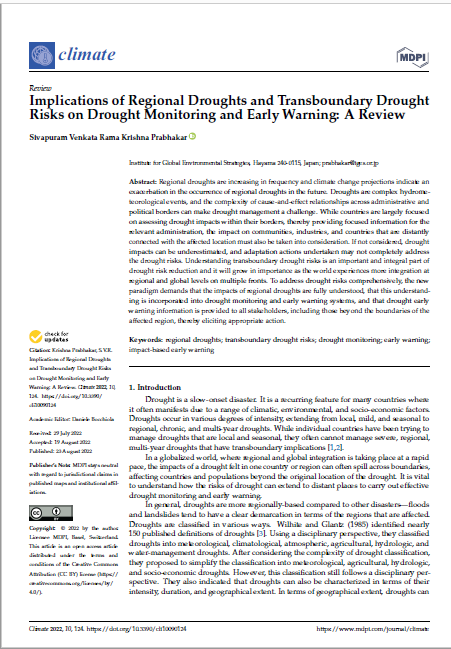In Climate
In contrast to other natural disasters, droughts may develop gradually and last for extended periods of time. TheWorld Meteorological Organization advises using the Standardized Precipitation Index (SPI) for the early identification of drought and understanding of its characteristics over various geographical areas. In this study, we use long-term...








